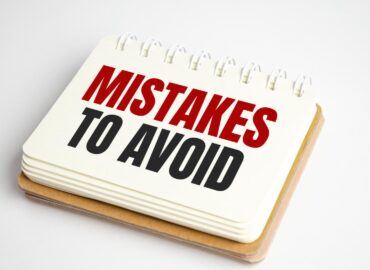What Is a Competency Framework and Why Your Company Needs One?
If you’re leading HR or managing a business function, chances are you’ve heard the term “competency framework” tossed around. But what exactly is it and why should it matter to you?
A competency framework is not just an HR buzzword. It’s a strategic tool that maps every role in your organization to the skills, behaviors, and attributes required to succeed and grow.
The Clarity Your Workforce Is Missing
Most organizations struggle with ambiguity around skills. Job descriptions are vague. Role expectations shift. And performance reviews feel disconnected. Without a structured approach, hiring, development, and promotions become guesswork.
Enter the competency framework: your blueprint for workforce clarity.
What Exactly Is a Competency Framework?
A competency framework is a structured model that defines the key skills, behaviors, and knowledge required for each role across your organization. These are usually grouped into categories:
Functional competencies (e.g., sales strategy, coding, financial modeling)
Behavioral competencies (e.g., communication, adaptability, critical thinking)
Leadership competencies (e.g., vision, stakeholder influence, decision-making)
Domain-specific competencies (e.g., healthcare regulations, cloud security)
These are calibrated on proficiency scale, so talent decisions are aligned, fair, and data-backed.
Why Your Company Needs One?
Here’s what a well-built competency framework enables:
1. Hiring the Right People
Stop hiring on gut feel or just experience. With a competency framework, you define what success looks like—and hire against it.
Stat: According to McKinsey, organizations with clear competency models are 2.5x more likely to improve hiring accuracy.
2. Faster, Smarter Development
Link learning investments to real skill gaps. Personalized growth plans become easier to design, and L&D ROI becomes measurable.
3. Better Internal Mobility
Employees can see their growth pathways. Managers can match internal talent to upcoming roles based on readiness, not familiarity.
4. Succession Without Surprises
Knowing who’s next doesn’t have to be a mystery. Competency data highlights high-potential leaders—and the skills they still need.
5. Fair and Transparent Evaluations
Annual reviews become more credible when they’re based on standardized behaviors and skills rather than vague impressions.
6. Alignment Between HR and Business
Everyone—from HRBPs to COOs—starts speaking the same language when it comes to people decisions. That’s powerful.
How to Get Started?
You don’t need to start from scratch. Begin by:
Auditing your existing job descriptions and performance metrics
Aligning with business leaders on the core roles and skills that matter
Using a scalable platform that can adapt to your organization’s complexity and pace of change
At PeopleBlox, our Competency Framework helps CHROs and business leaders build living, evolving architectures that drive clarity, alignment, and business results.
A competency framework isn’t just about HR. It’s about business performance, talent strategy, and future-readiness. The companies that invest in it today will outpace those who wait.



